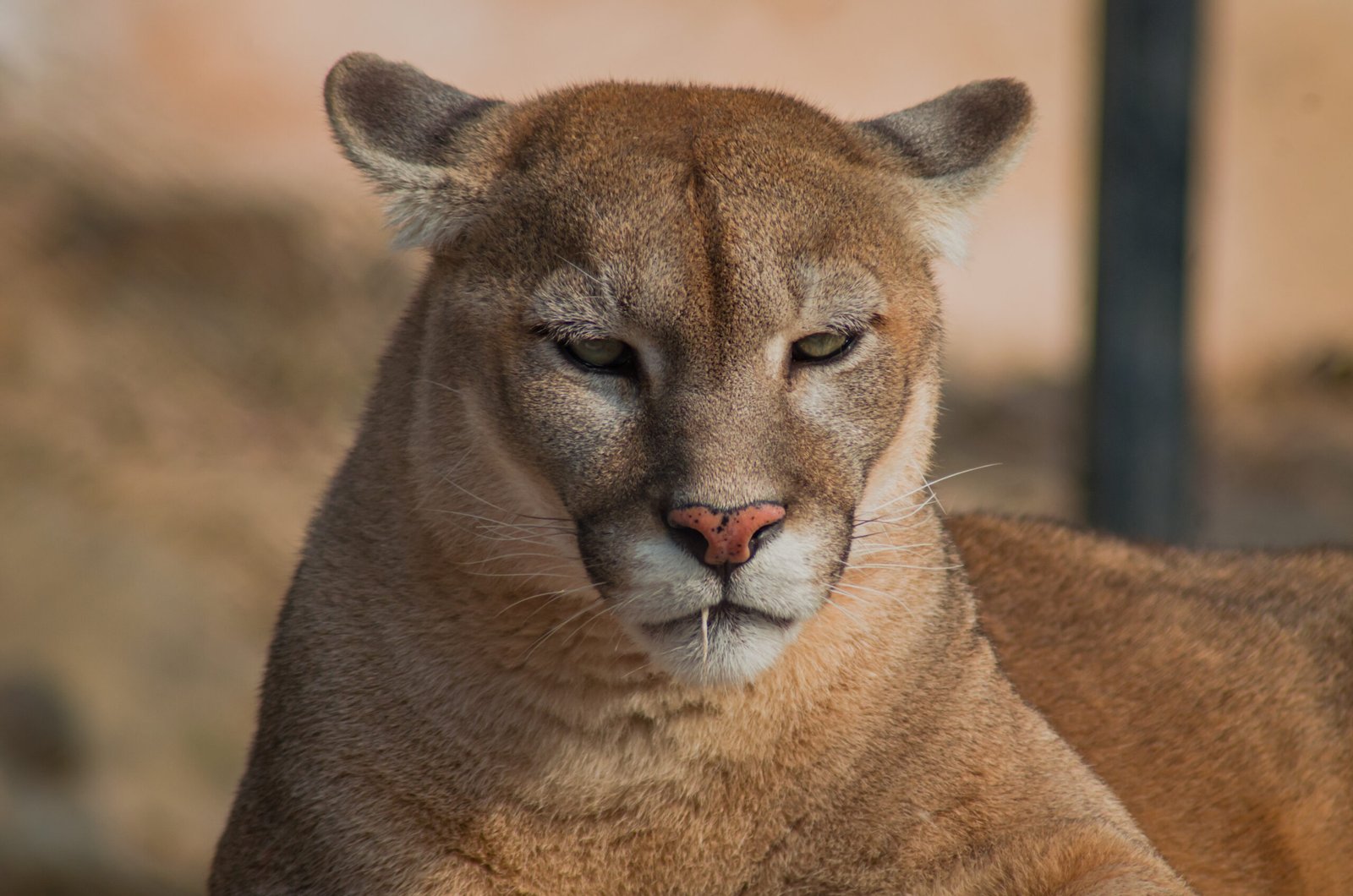Mountain lions, also known as cougars, pumas, or panthers, are fascinating creatures that roam across the Americas. Known for their stealth and strength, these big cats have captivated the imagination of many wildlife enthusiasts. Their ability to adapt and survive in various environments makes them one of the most formidable predators in the wild. Let’s explore ten incredible facts about mountain lions that highlight their dominance as America’s top predator.
Masters of Stealth
Mountain lions, also known as cougars or pumas, are among the most formidable predators in North America. Their remarkable adaptability, strength, and hunting prowess have solidified their status as apex predators across diverse habitats. From dense forests to arid deserts, these elusive cats play a crucial role in maintaining ecological balance.
Mountain lions are renowned for their stealthy hunting techniques. They possess an incredible ability to move silently through their habitat, making them almost invisible to their prey. This stealth is crucial for their survival, as it allows them to get close to their target without being detected. Their padded paws help minimize noise, and their tawny coat provides perfect camouflage against the rocky terrains and dense forests. Just like a ghost in the night, a mountain lion can stalk its prey for miles without making a sound.
Remarkable Jumpers
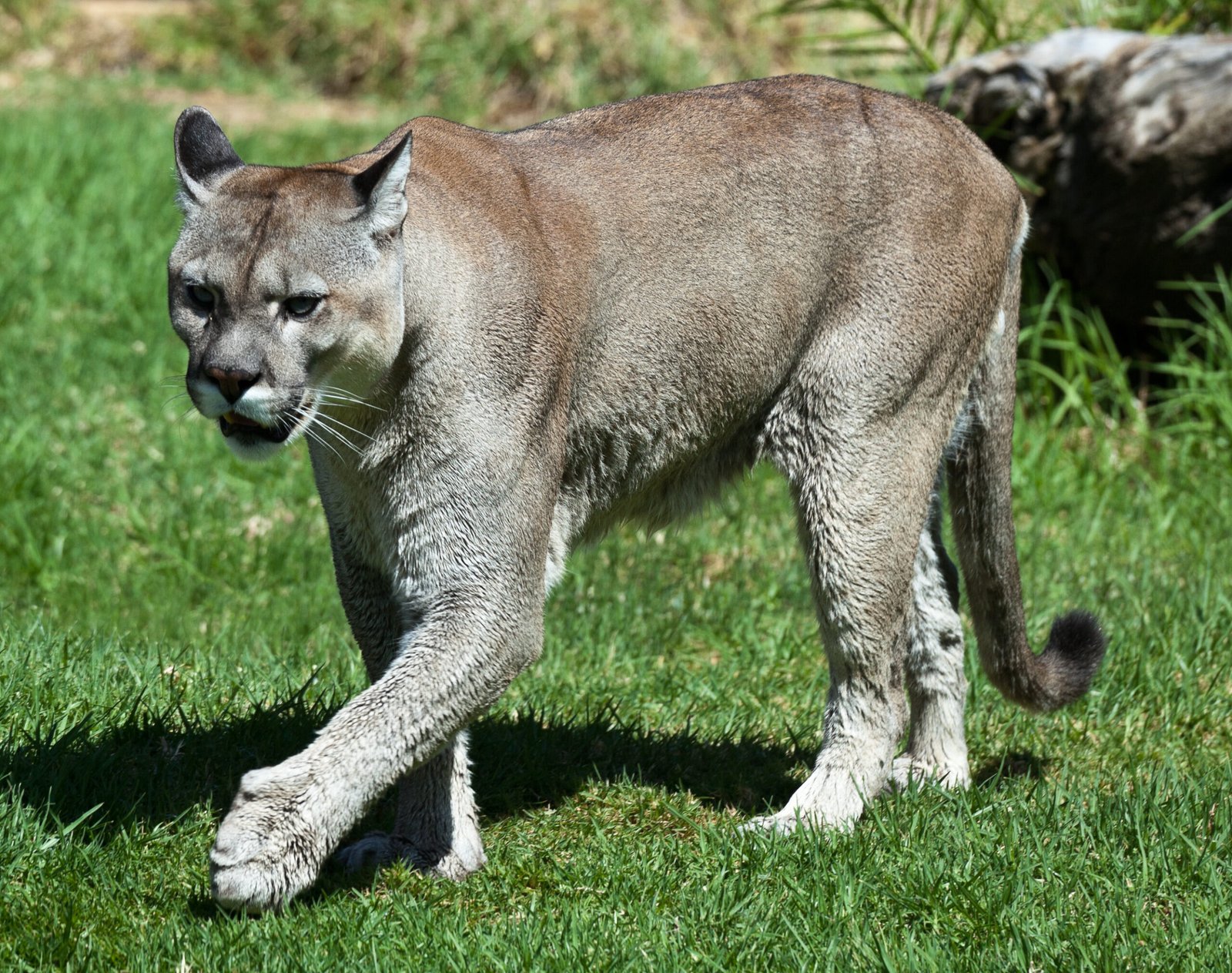
When it comes to agility, mountain lions are unmatched. They can leap up to 18 feet vertically and cover a distance of 40 feet horizontally in a single bound. This extraordinary jumping ability aids them in both hunting and evading threats. Imagine the power it takes to leap over a river or onto a high ledge in one swift motion. Such prowess ensures that they can navigate their rugged terrain with ease, making them formidable hunters and survivors.
Territorial Titans
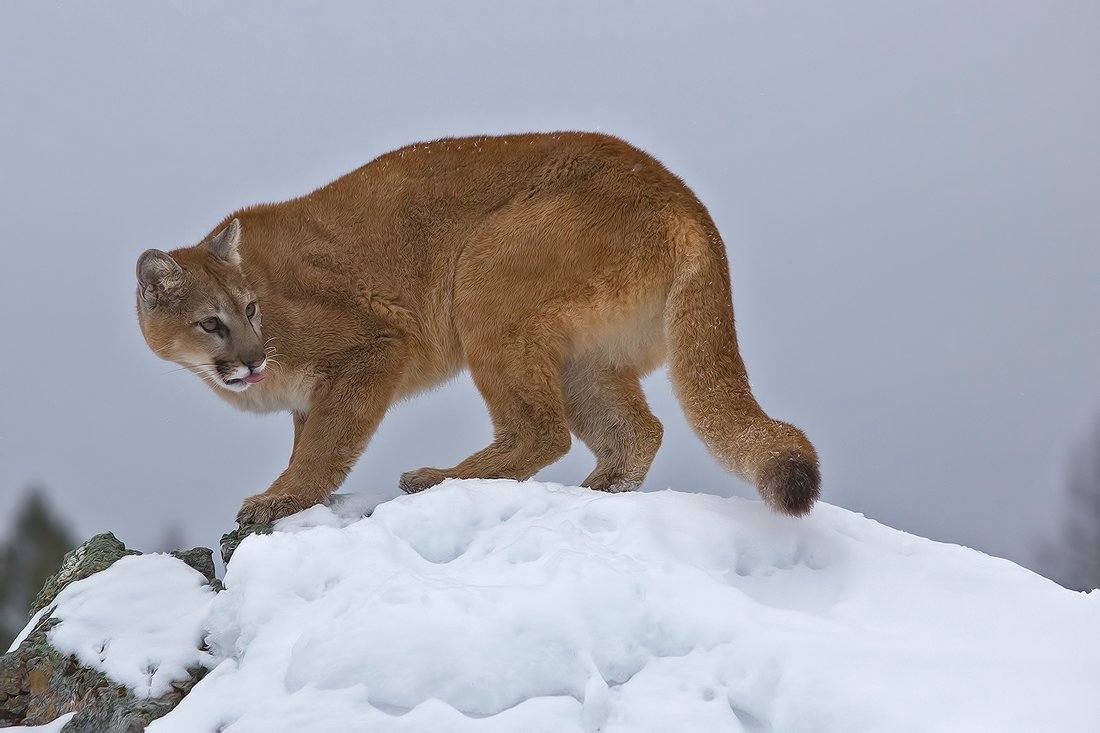
Mountain lions are solitary creatures, and they require vast territories to thrive. A single mountain lion’s territory can span up to 150 square miles. They mark their territories with urine and feces, as well as by scratching trees to warn other mountain lions to stay away. This territorial behavior is essential for their survival, ensuring they have enough resources to sustain themselves. These vast territories also highlight their need for privacy and space to successfully raise their young.
Adaptable Hunters

The adaptability of mountain lions is one of their most incredible traits. They can thrive in diverse environments ranging from dense forests to arid deserts. This adaptability extends to their diet, as they can hunt and consume a wide variety of prey. While deer are their primary source of food, they are also known to prey on smaller animals like rabbits and birds when necessary. This flexibility in both habitat and diet enables mountain lions to survive in areas where other predators might struggle.
Silent Communicators
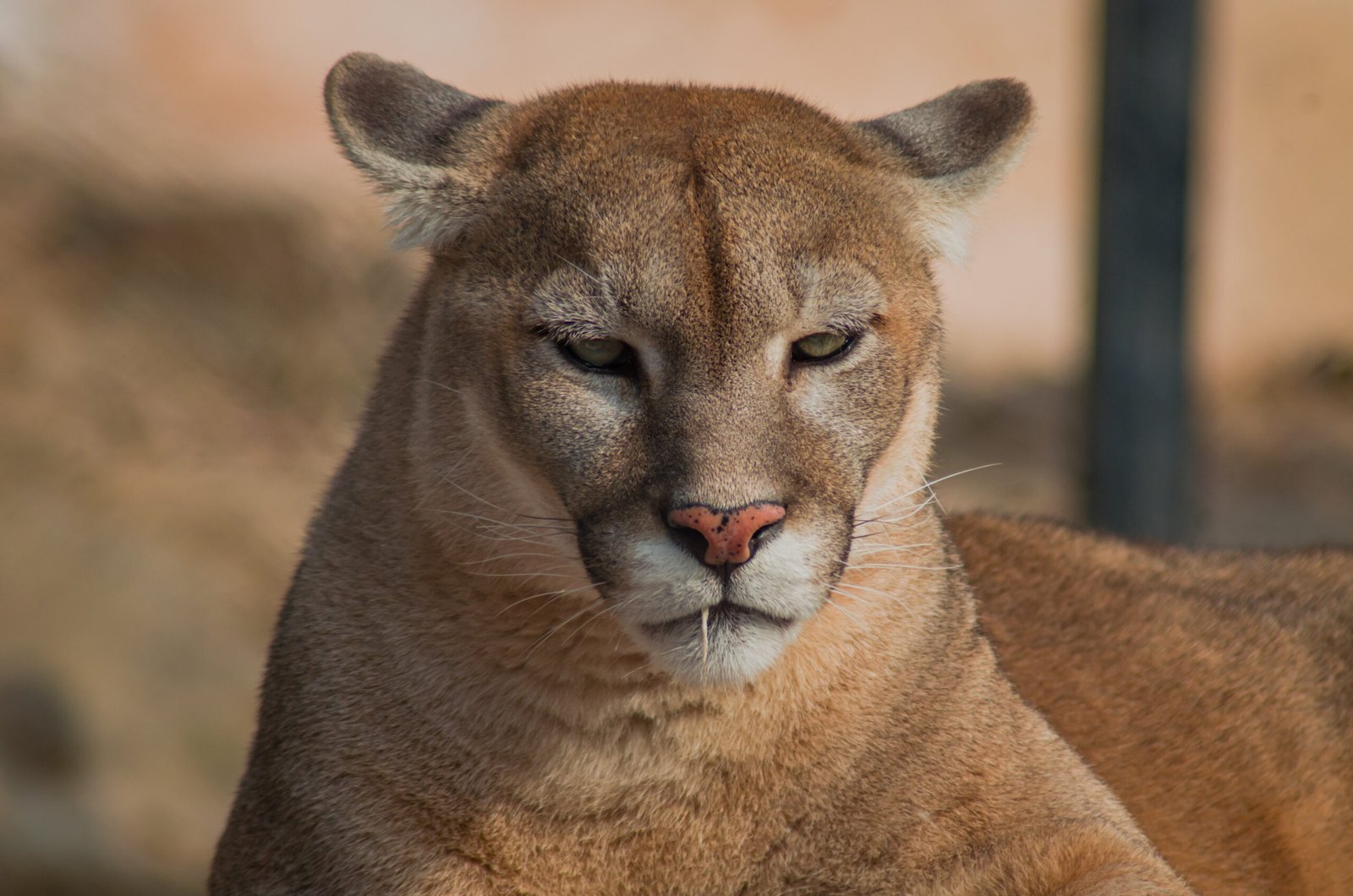
Unlike other big cats, mountain lions do not roar. Instead, they communicate through a series of vocalizations, including purrs, growls, hisses, and even screams that can be eerily similar to a human’s. These vocalizations are essential for communication between mothers and their cubs or when a mountain lion needs to assert dominance. The ability to communicate silently is yet another aspect of their stealthy nature, ensuring their presence is felt but not heard.
Incredible Speed

While they are not the fastest animals in the wild, mountain lions can reach speeds of up to 50 miles per hour in short bursts. This speed is crucial when they are closing in on their prey. Like a sprinter, a mountain lion uses its powerful muscles to accelerate quickly, allowing it to catch prey that might otherwise escape. Their speed, combined with their stealth and strength, makes them one of the most efficient predators in the animal kingdom.
Longevity and Survival
Mountain lions have an impressive lifespan, often living up to 12 years in the wild. Their survival depends on their ability to avoid humans, their most significant threat. While they are at the top of the food chain, their numbers are declining due to habitat loss and hunting. Despite these challenges, their adaptability and resilience have allowed them to endure and continue to be a critical part of the ecosystem.
Parental Instincts
Mother mountain lions are fiercely protective of their young. After a gestation period of about 90 days, a mother will give birth to a litter of 2 to 4 cubs. She will care for them alone, teaching them essential survival skills such as hunting and territory marking. The bond between a mother and her cubs is strong, and she will go to great lengths to ensure their safety, often moving them to different locations to protect them from potential threats.
Nighttime Predators
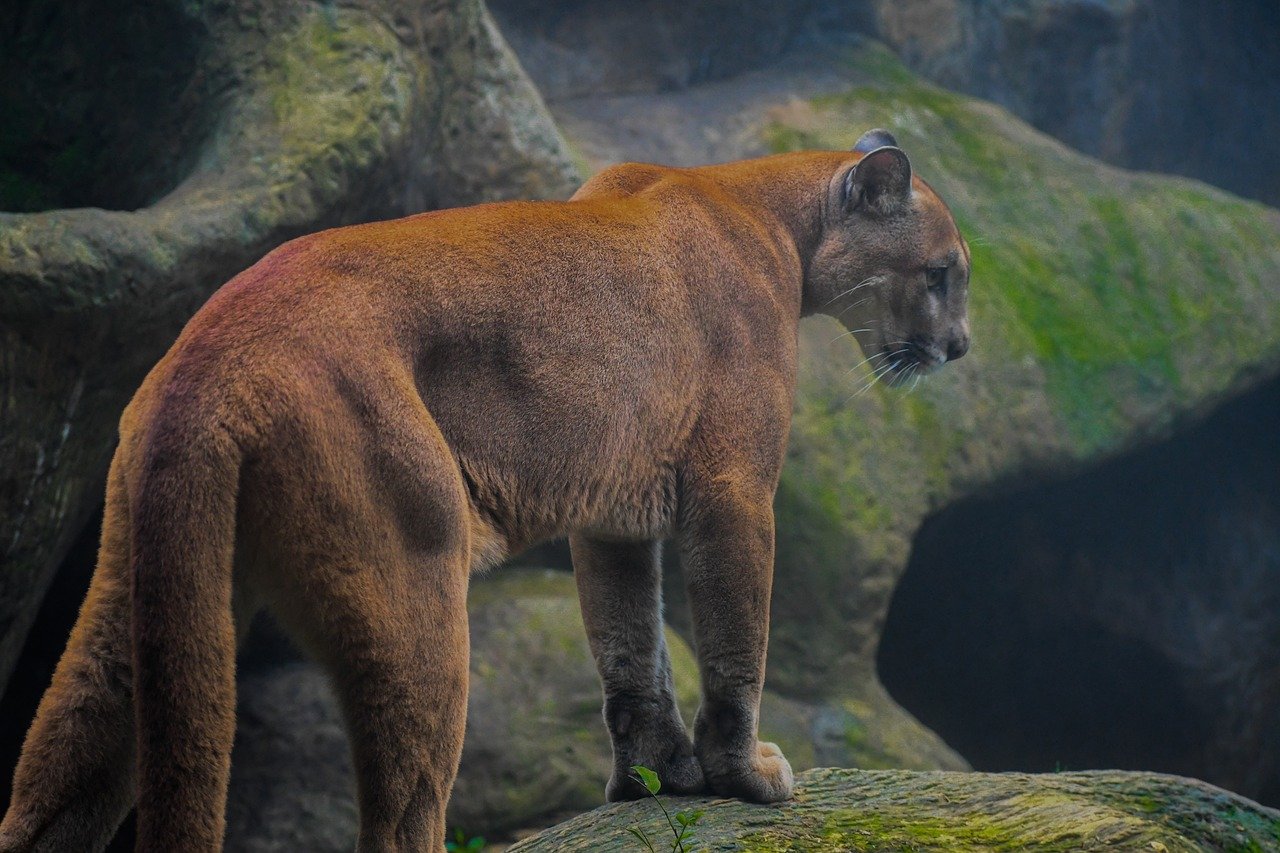
Mountain lions are primarily nocturnal hunters, relying on the cover of darkness to stalk their prey. Their keen night vision allows them to see in low light conditions, giving them a distinct advantage over their prey. This nocturnal lifestyle not only helps them avoid human encounters but also ensures they can hunt during the cooler hours of the night. Their ability to thrive under the stars is yet another testament to their adaptability and prowess as predators.
A Symbol of Wilderness
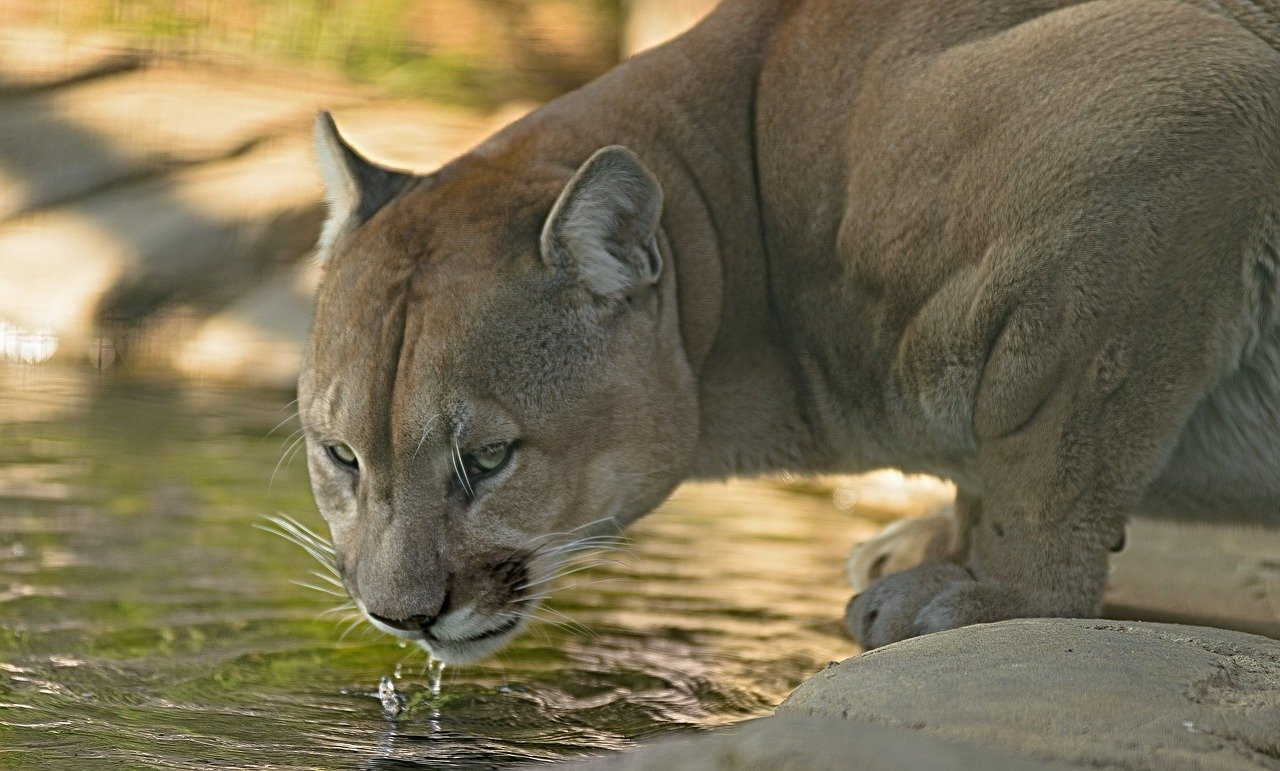
Mountain lions have long been a symbol of the wild and untamed nature of America. They embody strength, independence, and the spirit of the wilderness. Their presence in the ecosystem is vital, as they help control deer populations and maintain the balance of their environment. As apex predators, they play a crucial role in the health of their habitats, making them invaluable to the ecosystems they inhabit.
In conclusion, mountain lions are truly remarkable creatures. Their stealth, strength, and adaptability make them America’s top predator. As we continue to learn more about these majestic animals, it becomes increasingly important to protect their habitats and ensure their survival for future generations.

Alex is a born and raised Capetonian with a strong love for animals and the outdoors. She is a Third-year veterinary student at the University of Pretoria in South Africa. She also completed a BSc in Animal Science at Stellenbosch University, where her passion for working with animals only strengthened. She has always surrounded herself with animals and has been fortunate enough to work closely with them.

